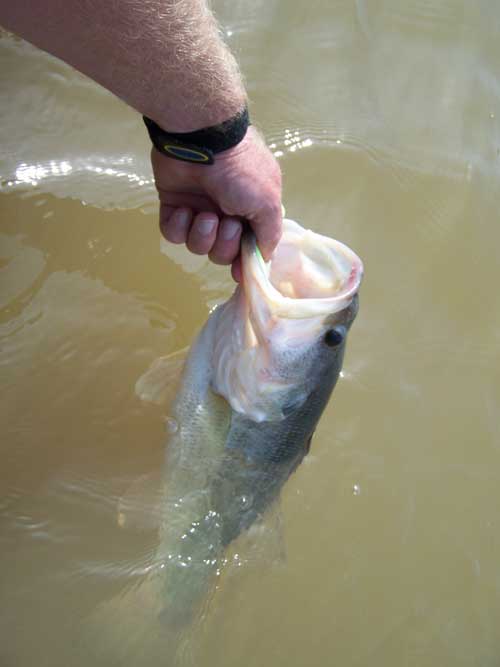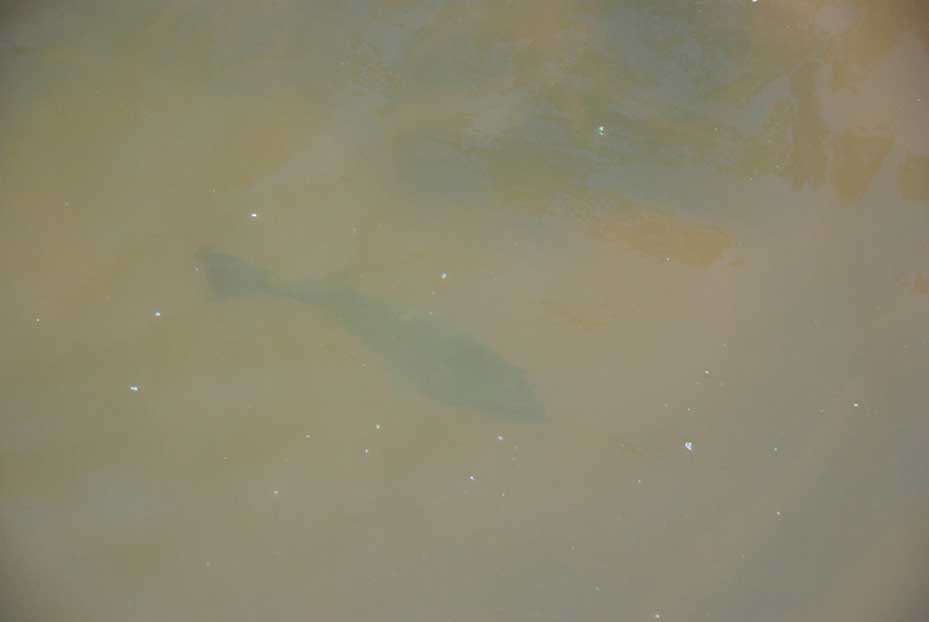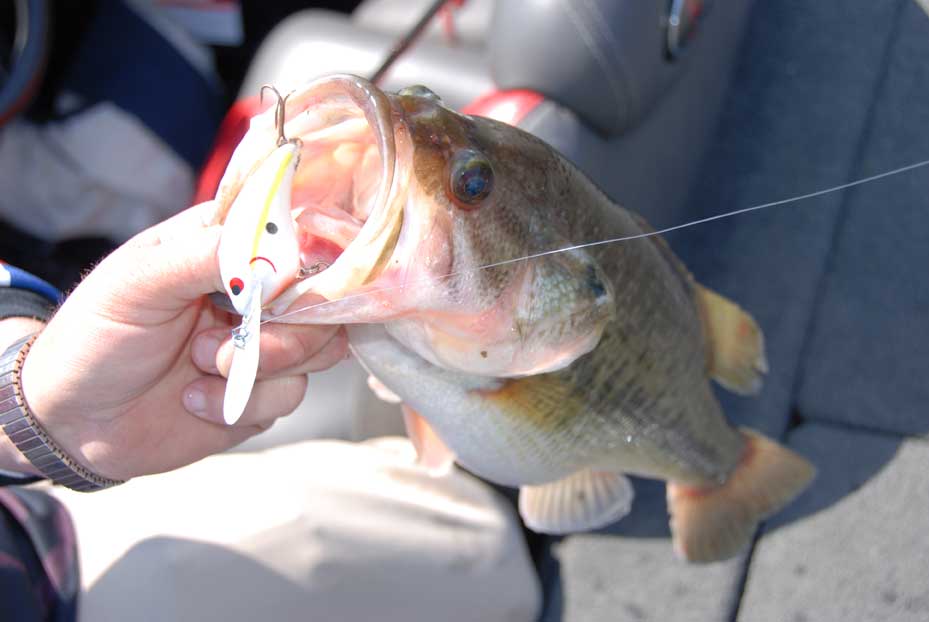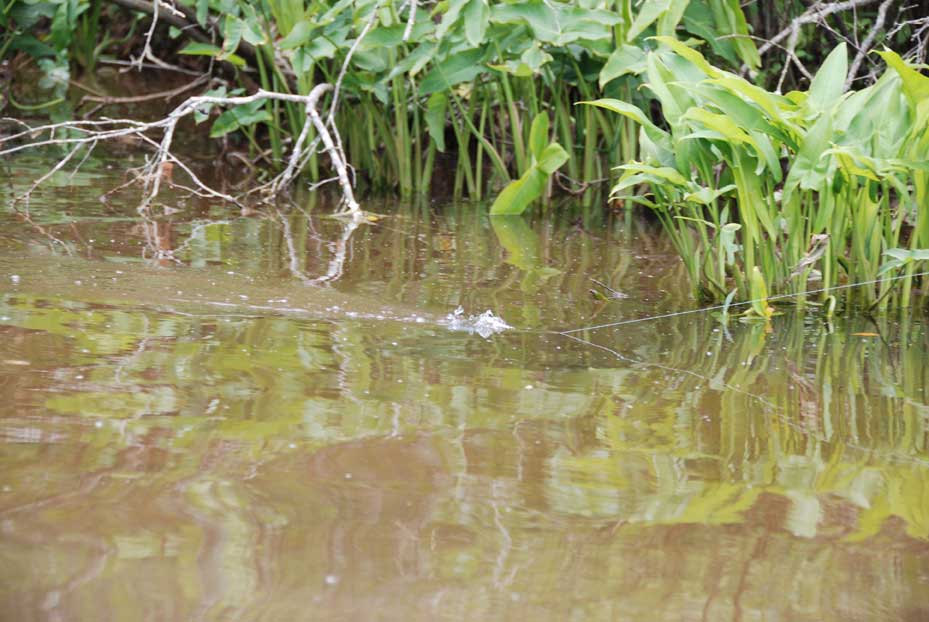Phillip Gentry

To be a successful bass angler means learning to adapt to changing conditions and being able to determine how those changes will affect the fish. Cold water, high winds, rapidly rising and falling barometric pressure, and rainfall are all factors that must be faced at one time or another and dealt with.
When it comes to wind and rainfall, muddy water is not usually far behind. At first blush, muddy water is often viewed as an obstacle, however, there are times and situations when muddy water is not only a positive, it might be the only factor that stands between something in the livewell and just skipping weigh in altogether.
Muddy water is usually only a critical situation when a body of water rapidly changes from clear or at least not muddy, to extremely muddy following a heavy rain event. After several days of consistent muddy conditions, fish quickly adapt to the new environment and go about their lives.

READ NEXT: Water Temperature Will Tell You Where to Locate Spawning Bass
In order to consistently catch bass in muddy water, adopting a few muddy water strategies can help anglers find success.
Fish Tight To Cover
In situations where bass rely on sight to hunt prey, the tendency to roam away from cover is greater. Think of it as a rubber band. In clear water, the rubber band may stretch halfway to the surface or 10 yards left and right. In muddy water, bass must rely on other senses to stalk prey, which makes them hold tight to cover. This gives the fish both a sense of security and a way to orient to what’s around them, including anything that might be a potential meal.
Make Some Noise
An additional means of increasing bites is to use baits that give off some, or more, vibrations that you would normally use in clearer water situations. Rattling crankbaits, spinnerbaits, and jigs with attached rattles are some of the first to come to mind.
It’s much easier for bass to track a bait moving through the water using sensors located in their lateral lines if that bait is putting off erratic, noisy vibrations. Other factors such as barometric pressure can play into your noisy bait choices.
Fish in a neutral or negative mood may be put off by an overly loud bait busting through heavy cover. In these situations, some vibration will elicit a reaction bite without blowing fish off the cover. In other scenarios, it might take the biggest, noisiest spinner blade to strike that cord that resonates with bass and convince them to strike.

Use The Right Color Baits
Because anglers have trouble seeing down into the water from the surface does not mean that bass are completely blind when their environment turns muddy. Bass can see further than you may think. In order to enhance the fish’s ability to see your bait, use colors on both ends of the color scheme – either bright colors or dark colors. The determining factor will be the amount of sunlight available to the fish when the angler is really wanting the fish to see the bait.
Bright colors work better in muddy water when they can reflect light back to the fish. Bright pinks, oranges, chartreuse, and the like tend to draw and reflect better on sunny days than on dark days or in low sunlight situations.
Early in the day or in cloudy conditions where there is not much available sunlight, dark colors tend to work better as a contrast against the background. Much of this depends on where you are fishing. On a sandy or relatively light-colored bottom, dark colors are going to stand out more than on mucky or leafy bottoms where the primary shade is black or dark brown. In those situations, a solid blue, purple, or dark green may stand out better.

Be Aware Of Your Retrieval Speed
In clear water, a stop and go retrieve is often the best way to get a bass to chase a bait and then eat it when the fleeing prey suddenly stops. Because bass are having to track your bait in muddy water without the use of their eyesight, it might be best to use a consistent retrieve.
It’s up to the angler to figure out which is more enticing to bass, a consistent slow rate of retrieve or a consistent fast rate of retrieve. If bass are in a feeding mood, then a faster rate may appeal better than something slower that gives the fish time to think about what it’s preparing to attack.
Water temperature and the fish’s metabolism often dictates how fast you should crank the reel handle, but before giving up on a promising location, first try a fast retrieve and then follow it up with a slower rate.































